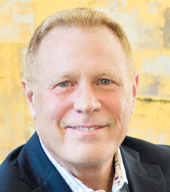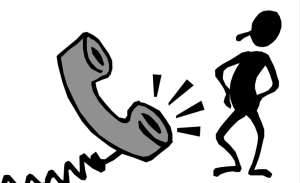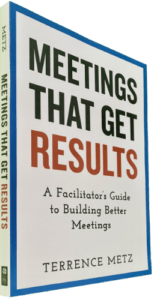Purpose of 30-3 Project Updates: Time is precious. Stakeholders want and need project updates. But, do not want to over-invest. Dashboards are a fine example, relying on green lights, yellow lights, and red lights to highlight the status of project activities.
Another approach you can use for project updates includes the “30 in 3” update. It takes less than 30 minutes to create and less than three minutes to read.
Project Updates Method
You may choose to build the following on your own. In the spirit of Sprint Reviews and Daily Scrums, you can easily use a similar method. With a group of people, build a consensually agreed-upon message. It’s a good thing when it sounds like we all attended the same meeting.
Project Updates Audience and Message
Either start with a list of the primary (and perhaps secondary) stakeholders or build one. For each, ask the group what they would tell that stakeholder if they were asked at the water cooler, coffee pot, or on an elevator ride. Secure agreement from your group especially, on specific words or terms that should or should NOT be used. Amazingly, when you ask a group of people to update the same project, you will discover disconnects about the shared knowledge and perspective that are best repaired while you still have the team at your disposal.
Project Updates Benefit
Having agreed on what to say and what NOT to say, you have built-in a measure of quality control for your meeting output or messaging. When a coherent and cohesive team of talented people is marching in unison, there is no end to what they can accomplish.
______
Don’t ruin your career by hosting bad meetings. Sign up for a workshop or send this to someone who should. MGRUSH workshops focus on meeting design and practice. Each person practices tools, methods, and activities every day during the week. Therefore, while some call this immersion, we call it the road to building high-value facilitation skills.
Our workshops also provide a superb way to earn up to 40 SEUs from the Scrum Alliance, 40 CDUs from IIBA, 40 Continuous Learning Points (CLPs) based on Federal Acquisition Certification Continuous Professional Learning Requirements using Training and Education activities, 40 Professional Development Units (PDUs) from SAVE International, as well as 4.0 CEUs for other professions. (See workshop and Reference Manual descriptions for details.)
Want a free 10-minute break timer? Sign up for our once-monthly newsletter HERE and receive a timer along with four other of our favorite facilitation tools, free.

Terrence Metz, president of MG RUSH Facilitation Training, was just 22-years-old and working as a Sales Engineer at Honeywell when he recognized a widespread problem—most meetings were ineffective and poorly led, wasting both time and company resources. However, he also observed meetings that worked. What set them apart? A well-prepared leader who structured the session to ensure participants contributed meaningfully and achieved clear outcomes.
Throughout his career, Metz, who earned an MBA from Kellogg (Northwestern University) experienced and also trained in various facilitation techniques. In 2004, he purchased MG RUSH where he shifted his focus toward improving established meeting designs and building a curriculum that would teach others how to lead, facilitate, and structure meetings that drive results. His expertise in training world-class facilitators led to the 2020 publication of Meetings That Get Results: A Guide to Building Better Meetings, a comprehensive resource on effectively building consensus.
Grounded in the principle that “nobody is smarter than everybody,” the book details the why, what, and how of building consensus when making decisions, planning, and solving problems. Along with a Participant’s Guide and supplemental workshops, it supports learning from foundational awareness to professional certification.
Metz’s first book, Change or Die: A Business Process Improvement Manual, tackled the challenges of process optimization. His upcoming book, Catalyst: Facilitating Innovation, focuses on meetings and workshops that don’t simply end when time runs out but conclude with actionable next steps and clear assignments—ensuring progress beyond discussions and ideas.





Hello Terrence,
I like the concept and the focus. Too many project managers prepare their progress reports in isolation when they should involve their stakeholders. The best way to know how well something is going is to ask.
As ever, Martin